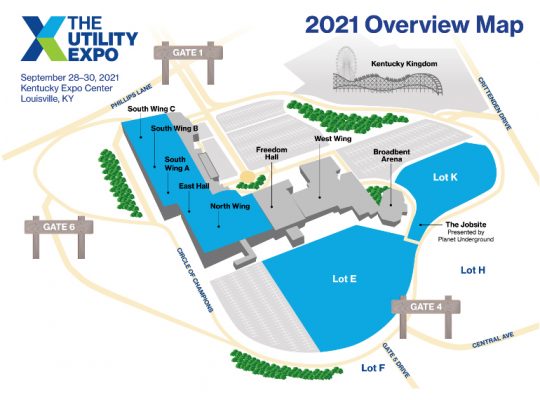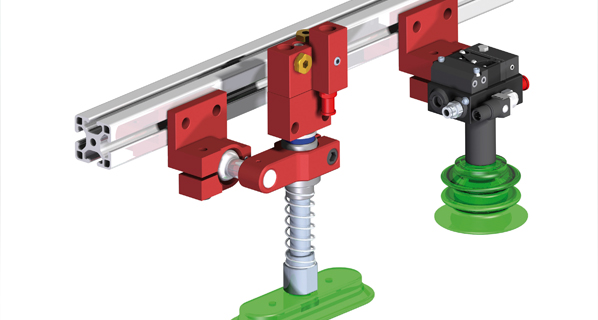3 Tips for Managing the Labor Shortage

By Jill J. Johnson.
It’s no secret that the staffing shortages facing most businesses today are extremely challenging. It is also highly unlikely that these challenges are going to resolve in the near term. So what do you do now when you just cannot find the talent you need?
It is time to rethink your staffing options. Three steps are key: making the most existing staff, augmenting staff via outside resources, and maximizing your technology.
Among existing staff, prioritize those facing your customers. The foundation of business success is revenue and the stability of its streams. Customers’ loyalty and retention depends on their satisfaction. Prospects rely on their ability to access information to make informed decisions and gain a comfort level with their options. Organizations with a history of sales success often rely on operational delivery to keep them going when they are short staffed. Yet it is your customer-facing staff who are the most valuable to sustaining enterprise revenue.
Identify staff who interact with your customers along the entire range of their customer journey. Your staff’s success in meeting customer needs, satisfaction, and prospect demands determine if you can satisfy and keep them. If they have the bandwidth to provide exceptional service, they can keep your customers and expand your prospect pool.
Today’s consumer wants faster information. Many prefer video or audio. Adjust to how they consume information. Streamline your team’s workload by creating tools and resources to help them quickly find the answers they need. Ensure they have the tools and resources to be more efficient. Clarify what can help them deliver a better customer experience. Remove the roadblocks to their success.
Outsource when necessary. The gig economy is here to stay. Leveraging external relationships with outsourced resources can help you flex your staffing and can be a valuable way to get the work done. While not as optimal as building your own team, the pressure relief you experience when critical work is being completed can give you the breathing room to determine if this role needs a full-time hire or can be permanently outsourced.
For small projects, online resources like Fiverr and Upwork can provide worldwide access to gig workers with specific skills needed for short-duration work. Most online sites have filters that can help clarify the services need, the potential cost, and finding information such as where your talent comes from and which languages they speak.
Staffing agencies can bring talent to your organization for a project that may take longer. While it will be more expensive, keep in mind that you are not paying benefits, and you won’t be hit with unemployment claims when you no longer need the worker. Agencies vet staff who work with you and help find the talent you need.
Trusted outside vendors can provide key services, such as bookkeeping, administrative work, sales support, social media, website management, and so forth. Long-term vendors have deep insight about your company’s history, team, and culture. Vendors learn your preferred communication methods and how you like to work. They are a valuable safety valve when you cannot find the right permanent talent.
Don’t try to manage too many outside resources. Focus on the most critical work they provide you and engage in short-duration tests to see if there is chemistry and if they provide you with value.
Consider technology’s potential. Technology and automation are exploding for companies seeking opportunities to invest in devices and software that provide options to leverage present staff and enhance productivity. Autonomous devices include robots, drones, vehicles, floor cleaners, and more. These devices can sense the environment around them and operate without human involvement. Other devices such as exoskeletons can support a worker’s body and provide augmented capabilities such as lifting heavy objects safely.
While the field of robotics is advancing, robots are not truly autonomous of human interaction. They still need humans involved in the process. This includes programming, monitoring, and changing batteries. This is now called “cobotics.” Humans will never be completely eliminated from the equation and will work in tandem with robots. As options expand, take advantage of them, even if you own a small business.
There is growing interest in how data and analytics can manage staff productivity and service delivery. Most devices already collect data. When combined with artificial intelligence, the analytics possibilities appear endless. Data combined with AI interpretation can provide valuable insight to help streamline processes and maximize staff efficiency.
Evaluate how you are using your current technology to see how you can maximize its value. Evaluate the return on investment to identify efficiencies or productivity enhancements. Acquire any needed training so your team can work effectively with advanced technologies. You may require skillsets in your workforce to work with the technology, which may expand your workforce to pull from a broader pool of potential talent.
It is clear that staffing shortages are not going away. We have to find opportunities to gain increased productivity from the existing workforce and alternatives for completing the needed work. Focusing on the needs of our customer-facing team members, making smart use of outside resources, and maximizing technology provide viable options for addressing the issue. When you expand your potential for getting the job done, you are more likely to find the resources you need.
Jill J. Johnson is president and founder of Johnson Consulting Services, a management consultant, speaker, and author. She helps clients make critical business decisions and develop plans for turnarounds or growth. For more information, visit www.jcs-usa.com.







